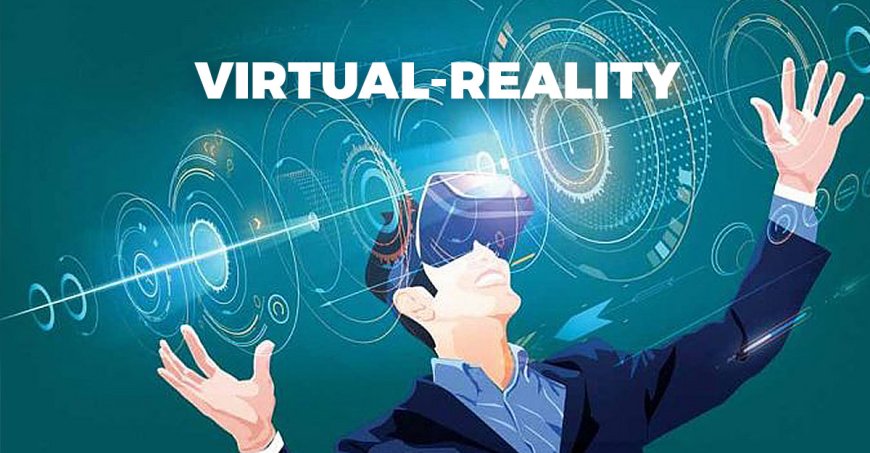Virtual Reality (VR)

Virtual Reality (VR) :
Virtual Reality (VR) is a technology that creates a simulated, computer-generated environment that users can interact with and immerse themselves in. It typically involves the use of a head-mounted display (HMD) that covers the user's eyes and ears, along with various input devices, such as handheld controllers or motion-tracking systems.
The primary goal of virtual reality is to provide a realistic and interactive experience that tricks the user's brain into perceiving the virtual world as if it were real. This is achieved by displaying three-dimensional (3D) visuals and generating corresponding sounds that respond to the user's movements and actions in real-time.
Key components of a virtual reality system include:
-
Head-Mounted Display (HMD): This is the primary device worn on the head, covering the eyes and often the ears. It displays the virtual environment to the user.
-
Motion Tracking: VR systems often use sensors or cameras to track the user's movements, allowing them to move around and interact with objects in the virtual world.
-
Input Devices: These can vary depending on the VR system but usually include handheld controllers or gesture-based input methods that enable the user to interact with virtual objects.
-
Computer Hardware: VR applications require powerful computers or gaming consoles to render the high-quality 3D graphics and maintain a smooth, lag-free experience.
Virtual reality has various applications across different industries:
-
Gaming: VR gaming allows players to be fully immersed in the game environment, enhancing the gaming experience and making it more interactive and realistic.
-
Education and Training: VR can be used for educational purposes, such as simulations and training exercises, offering a safe and cost-effective way to practice complex tasks and skills.
-
Healthcare: VR has shown promise in pain management, rehabilitation, exposure therapy, and even as a tool for medical training.
-
Architecture and Design: Architects and designers use VR to visualize and explore virtual representations of buildings and spaces before they are constructed.
-
Entertainment and Media: VR has also been used for virtual concerts, cinematic experiences, and other forms of immersive entertainment.
-
Social Interaction: Virtual reality can enable social experiences, allowing people to connect and interact in virtual worlds, especially useful for long-distance relationships and remote teams.
What's Your Reaction?




















































